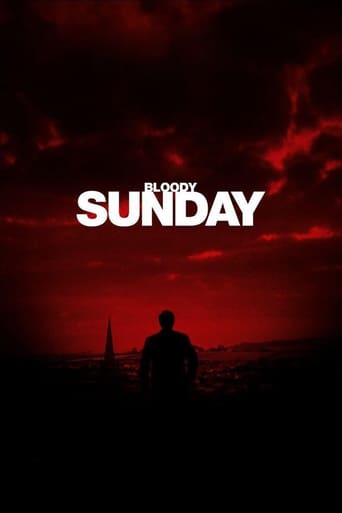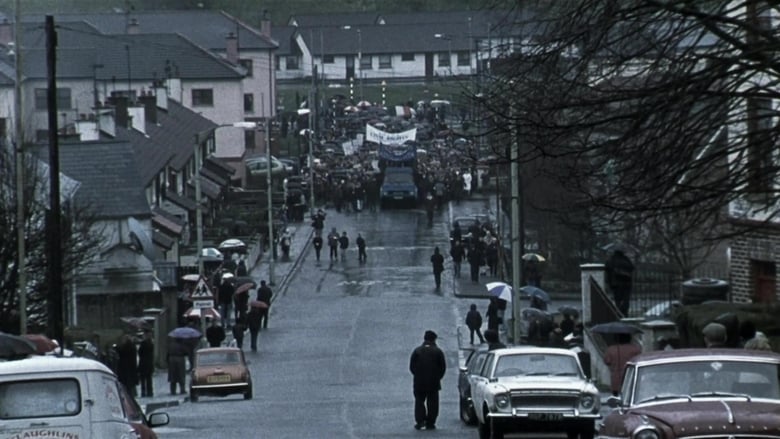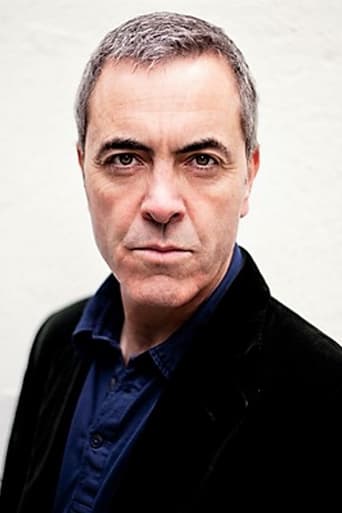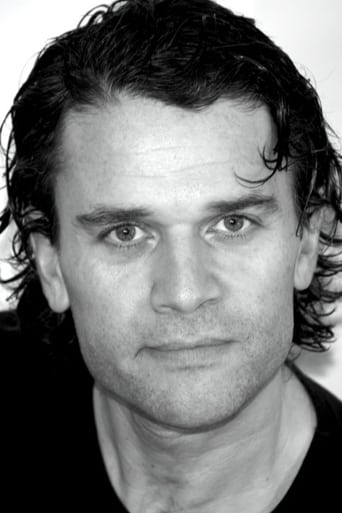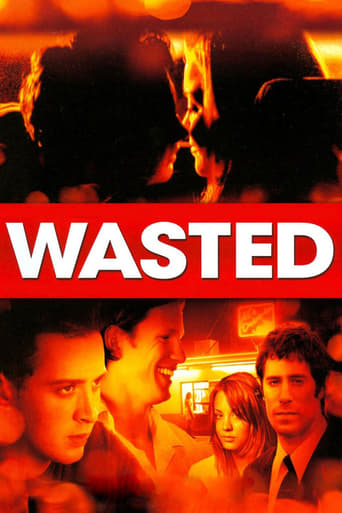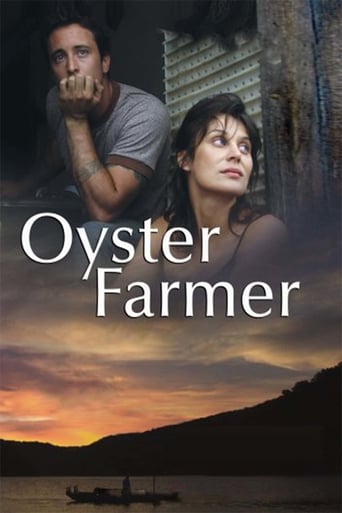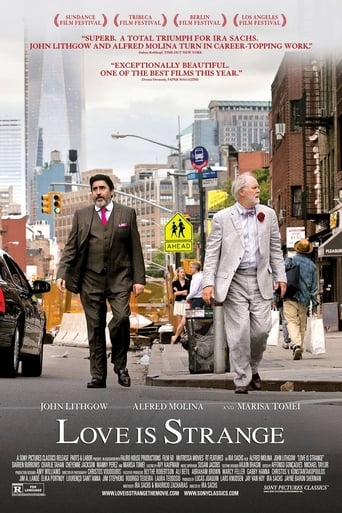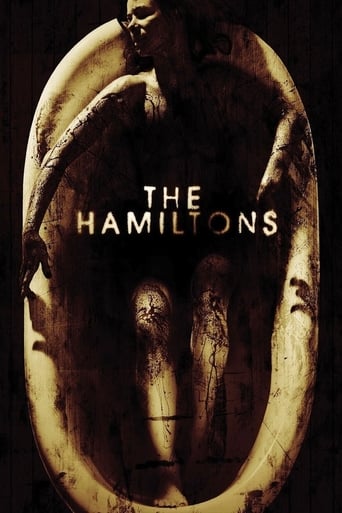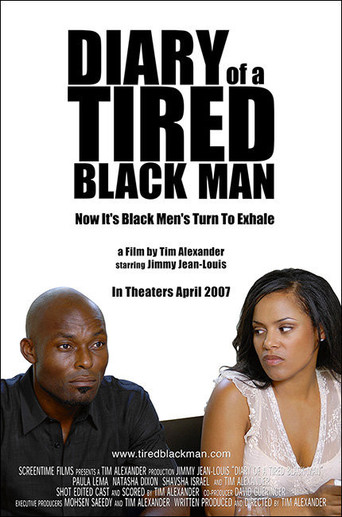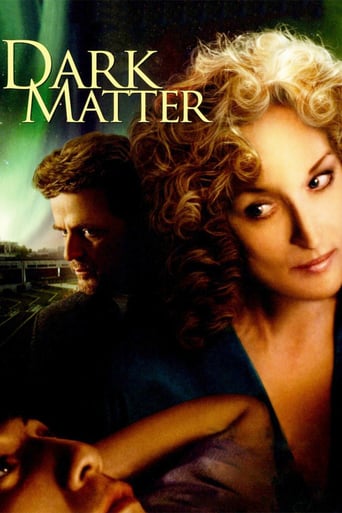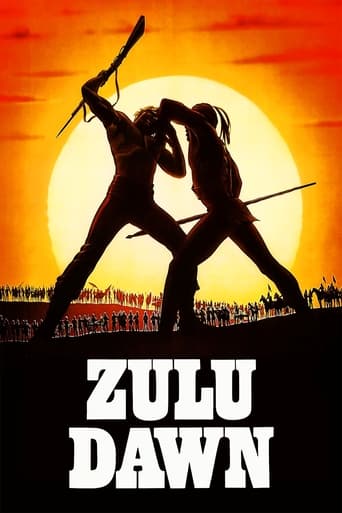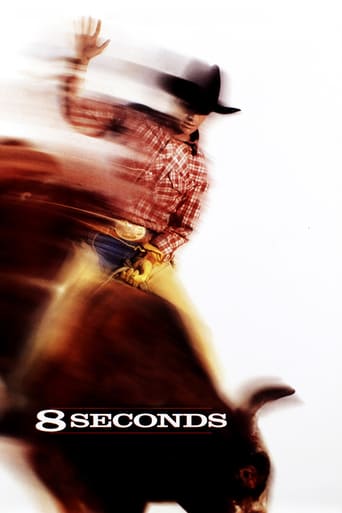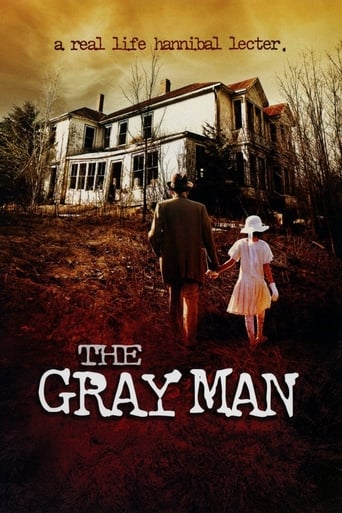Bloody Sunday (2002)
The dramatised story of the Irish civil rights protest march on January 30 1972 which ended in a massacre by British troops.
Watch Trailer
Free Trial Channels
Cast


Similar titles
Reviews
This Movie Can Only Be Described With One Word.
At first rather annoying in its heavy emphasis on reenactments, this movie ultimately proves fascinating, simply because the complicated, highly dramatic tale it tells still almost defies belief.
This is one of the best movies I’ve seen in a very long time. You have to go and see this on the big screen.
Excellent and certainly provocative... If nothing else, the film is a real conversation starter.
English screenwriter, producer and director Paul Greengrass' television film which he wrote, is inspired by a novel called "Eyewitness Bloody Sunday" from 1997 by Irish author Don Mullan and real events which took place on the 30th of January in 1972 in Derry, Northern Ireland. It premiered at the 18th Sundance Film Festival in 2002, was screened In competition at the 52nd Berlin International Film Festival in 2002, was shot on locations in Derry and Dublin in Ireland and is an Ireland- UK co-production which was produced by British producer Mark Redhead. It tells the story about an Irish nationalist and politician named Ivan Cooper and his fellow members of the Northern Ireland Civil Rights Association who on one Sunday in January 1972 began walking a peaceful march through the streets of Derry, Northern Ireland to demonstrate against internment without a trial, the suppression Catholics had suffered from Protestants, to end unionist rule and for equality. And the story of the members of the British Army whom the Commander of Land Forces in Northern Ireland had requested. Distinctly and engagingly directed by European filmmaker Paul Greengrass, this finely paced and somewhat fictional tale which is narrated from multiple viewpoints though mostly from the main character's point of view, draws a conscientious portrayal of a non-violent political demonstration, banned by the government of Northern Ireland, for social justice which escalated into an uncivilized riot where rocks and bricks were answered with live rounds. While notable for its distinctly naturalistic milieu depictions and use of sound, this narrative-driven story about a late 20th century conflict which happened four decades ago during the Troubles in Northern Ireland in the early 1970s where the constitutional status of Northern Ireland was, and still is, a matter of contradictory views between the Catholic community who thinks that their country should become part of a United Ireland and leave the United Kingdom and the Protestant community who thinks that their country should remain within the United Kingdom, objectively examines how events occurred during a winter day when the city of Londonderry was crowded by Irish civil rights campaigners, hooligans, civilian observers, members of the Provisional Irish Republican Army, the press and a British battalion who was there to make necessary arrests. This sociological, conversational and important reconstruction and retelling of a politically instigated historic event and unjustifiable massacre which ended with fourteen male citizens, many of them seventeen-year-old boys, losing their lives, soldiers of The First Battalion, Parachute Regiment being decorated by Queen Elizabeth II of England, an increasing amount of young men joining the paramilitary organization called the IRA and the families of those who were killed getting an official apology from the Prime Minister of the United Kingdom David Cameron thirty-eight years later, is impelled and reinforced by its cogent narrative structure, interrelated viewpoints, vital atmosphere, timely and distinct editing by British film editor Clare Douglas and the prominent acting performance by Irish television and film actor James Nesbitt. An authentic, truthful and reverent documentary drama from the early 2000s which gained, among numerous other awards, the Golden Bear tied with Japanese filmmaker Hayao Miyazaki's "Spirited Away" (2001) at the 52nd Berlin Film Festival in 2002.
Bloody Sunday 8 Nov 1987: At annual Remembrance Day service in Enniskillen, County Fermanagh, IRA bomb murdered 12 townspeople and injured another 63. (a 13th, school principal Ronnie Hill, died subsequently). Another IRA bomb (four times larger) was hidden beside the Remembrance service at Tullyhommon, Co Fermanagh conducted by the Boys' and Girls' Brigade, but failed to explode. 4 Feb 1979: Patrick Mackin (60), a retired Prison Officer, and his wife Violet (58), were both shot dead by the IRA at their home in Oldpark Road, Belfast. Robert McCartney was beaten and stabbed to death on Sunday 30th January 2005 in an attack by the Provisional IRA. The five sisters of Catholic Robert McCartney have defied the IRA and waged a campaign for justiceBloody Monday 31 Jul 1972, the IRA detonated three large bombs in the village of Claudy, County Londonderry, murdering nine villagers, including an 8- year-old girl, Kathryn Eakin and Willie Temple aged16. 5 Jan1976: Kingsmills: 10 Protestant civilians were lined up and shot dead by the IRA, when they were returning from work at Kingsmills, near Bessbrook, County Armagh.Bloody Tuesday 9 Feb 1971: Five workers were murdered by an IRA landmine near a BBC transmitter on Brougher Mountain, County Tyrone. 12 Jun 1973; Six Protestant civilians, aged between 60 and 76, were murdered by an IRA car-bomb in Railway Street, Coleraine. 7 Apr 1981: Joanne Mathers (29), a census enumerator, was shot dead by the IRA in the Gobnascale, Derry, while she was collecting census returns. Bloody Wednesday 7 Apr 1976: Three members of a Protestant family were killed by the IRA bomb in their drapery business below the Herron family home. 2 Feb 1977: Jeffrey Agate (59), then Managing Director of the American Du Pont factory in Derry was shot dead by the IRA outside his home. 21 Jan 1981: Norman Stronge (86), a former speaker of the Stormont parliament, and James Stronge (48), his son, were murdered by the IRA in an attack on their home.Bloody Thursday 8 Mar 1973: The IRA car bombs exploded in London, killing one person and injuring over 200, one was planted at the 'Old Bailey' court. Among those found guilty was Gerry Kelly. 28 Feb 1985: Nine RUC Officers were murdered by IRA mortars fired at Newry police station, County Down.Bloody Friday 21 Jul 1972: The IRA's Bloody Friday, Belfast: 26 street explosions; 11 shoppers dead; 130 mutilated. 17 Feb 1978: 12 people were burnt to death when the IRA attacked the annual dinner of the Irish Collie Club with petrol cans packed around a mortar bomb at the La Mon House Hotel. 7 Jun 1996: Garda Jerry McCabe (Irish police), was shot dead by the IRA at Adare, Co Limerick, Republic of Ireland.Bloody Saturday 20 Mar 1993: The IRA exploded two bombs in litter bins in Bridge Street, Warrington, England, murdering Jonathan Ball aged 3 years, mortally wounding Timothy Parry aged 12 years and injuring 56 shoppers. 23 Oct 1993 – two IRA bombers disguised as delivery men entered Frizzell's fish shop on the Shankill, and murdered nine customers, including two schoolgirls. 15 Aug 1998: 31 people murdered by 'real' IRA car bomb placed in Omagh on the busiest shopping day of the year. The dead include 2 unborn girls, 2 babies, and 5 children.
Before The Bourne Supremacy, director Paul Greengrass made this historical drama based on a non-fiction book. Basically this is a documentary style film showing the events on January 30th, 1972, where a protest march through Londonderry for civil rights led by activist MP Ivan Cooper (BAFTA TV Award nominated James Nesbitt) turns into a disaster. I think it is when marchers start pelting the Parachute Regiment that they begin shooting at them, and they killed thirteen people, and wounded fourteen more. You see the action from both sides of the drama, from the protesters' point of view, and the members of the Regiment, including Major General Ford (Tim Pigott-Smith) and Brigadier MacLellan (Nicholas Farrell). Also starring Gerard McSorley as Chief Supt. Lagan, Kathy Kiera Clarke as Frances, Allan Gildea as Kevin McCorry, Gerard Crossan as Eamonn McCann and Mary Moulds as Bernadette Devlin. The only off-putting thing about this film is the frequent fades to black and no sound pauses going through the action, but besides this, a pretty powerful and provocative film. It won the BAFTA TV Award for Best Photography and Lighting, and it was nominated for Best Editing, Best Single Drama and Best Sound. Very good!
Certainly, anything dealing with "The Troubles" of Northern Ireland will quickly create a great divide between opposing viewpoints, and obviously 'Bloody Sunday' is no exception. For the record, I am no fan of the IRA. On the other hand I am no fan of sending an attacking force into a civil disturbance as police support. History is replete with evidence that this is simply a bad idea and will likely lead to an atrocity. For this I heap far more blame at the feet of British politicians who move their army around like chess pieces rather than at the feet of the army itself. And I believe Paul Greengrass handles this as such. Brigadier Maclellan is portrayed as a thoroughly professional soldier who is very conscientious about handling the march with minimal force yet finds this insurmountable upon the arrival of Major General Ford, who seems determined to have his Paras show those pesky Republicans who's boss. The Paras themselves are an elite attacking unit. They are trained to jump from planes and kill with maximum effect, not to make sure peace marchers remain peaceful. They don't want to be there any more than the Irish Catholics want them to be there. They're not policemen. They are frustrated and angry, but they are the ones with guns, Queen and country behind them. And when told to move in, they move in with a vengeance. Again, sending an assault force into a civil insurrection is just a bad idea. The inquest that followed may have been incomplete, but with all due respect to the Parachute Regiment in an unenviable situation, it was a massacre regardless of who fired first (and again Paul Greengrass does not take sides here and make it obvious where the first shot came from). There is a huge difference between understanding why something happened and attempting to justify it.That said, Paul Greengrass's near pathological attention to detail ceases to amaze me after multiple viewings. Having long been a student of the army in Northern Ireland, there is no fault to be found in reference to the soldiers. The flak jackets worn beneath old pattern Para smocks, the mix of maroon berets and para helmets, the wood stocks of the rifles rather than the later plastic. Paul Greengrass apparently hired ex-servicemen who had done tours in Northern Ireland, thus eliminating the need to train the cinematic soldiers to look like real soldiers. They knew the lingo, they knew how to hold their weapons, they knew how to assault. In fact, Simon Mann, the actor who plays the Para commanding officer, was once in the British Special Air Service (SAS) until 1985, and in 2004 was arrested in Zimbabwe on charges of planning a coup in Equatorial Guinea. Many of the scenes are carbon copies of actual incidents seen in archival footage of the actual march. If you are familiar with such footage, you begin to forget you're watching a recreation. It is a dark and cold film. It is gray and gritty. There is no dramatic score. The camera-work is often shaky. Dialogue is sometimes hard to understand. What is going on is sometimes confusing. And you know what? Life is like that sometimes, and that's what makes this film so powerful and brutally realistic.

